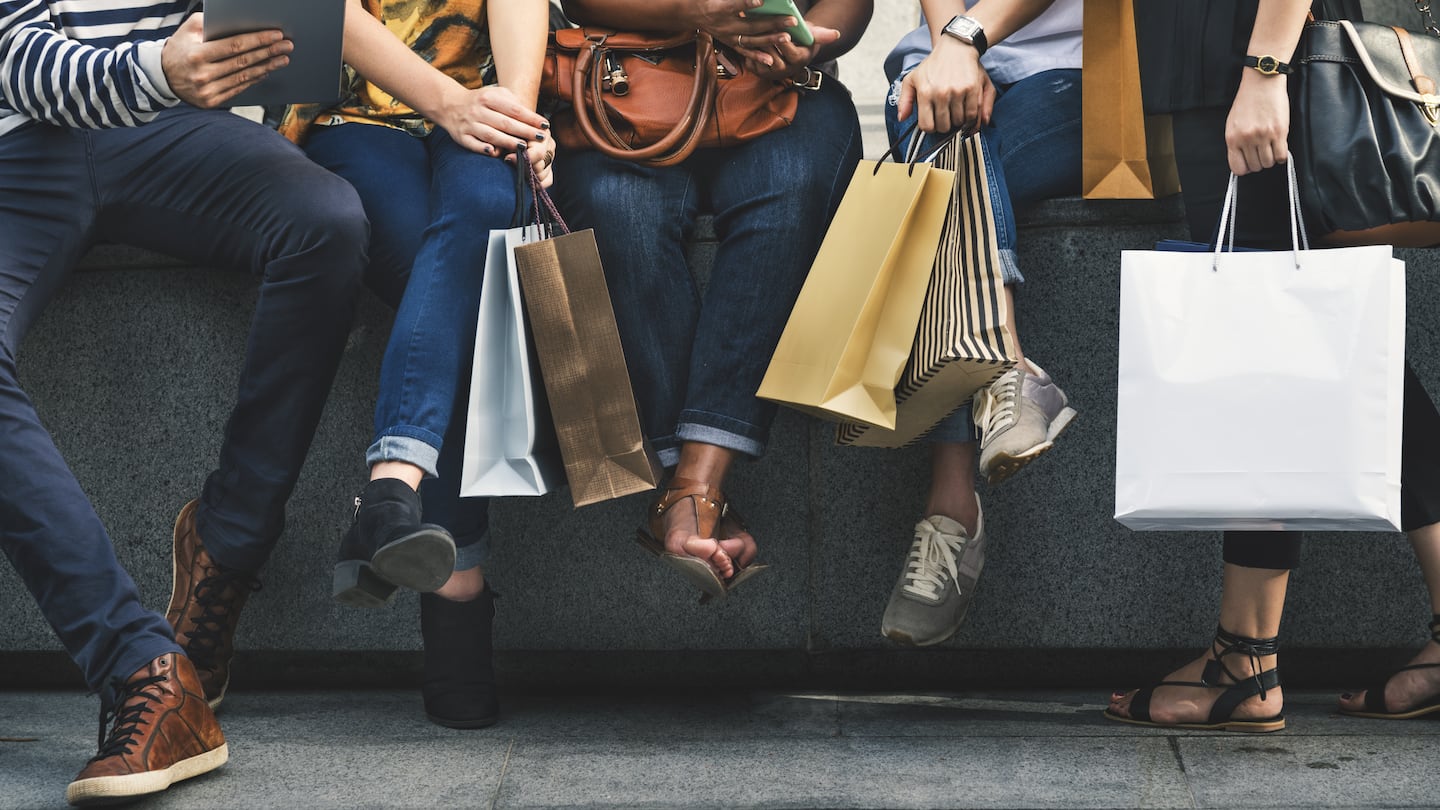
The Business of Fashion
Agenda-setting intelligence, analysis and advice for the global fashion community.

Agenda-setting intelligence, analysis and advice for the global fashion community.

SUPPLY AND DEMAND
The fashion industry is bracing for a couple of major pieces of US economic data this week. On Wednesday, the latest reading of the Consumer Price Index will either stoke or tamp down inflation fears (a bigger-than-expected jump in prices for many goods in last month’s data raised inflation concerns, though the gains were mainly in gasoline and other commodities rather than fashion). Two days later, we’ll get US retail sales, perhaps fashion’s best indicator for the strength of the country’s recovery. Recent data has pointed to an even faster economic bounce back than previously expected. The two indicators are linked: it’s expectations of booming post-pandemic demand that are straining supplies of everything from chicken to microchips.
In the long term, supply constraints could reshape fashion in fundamental ways, whether it’s through the types of fabrics used to make clothing or an end to the decade-plus cycle of falling prices and discounting as businesses pass along rising costs to consumers. It’s far too early to be making those sort of predictions, but the outlook may begin to take shape with this week’s data.
The Bottom Line: Regardless of what the data shows this week, fashion brands and retailers need to prepare for uncertainties in both supply and demand. That means flexible supply chains, demand forecasting and precise inventory tracking are musts.
ADVERTISEMENT
HOW TO SPEND IT
By now it’s old news that fashion’s biggest online players “won” the pandemic. The question now is how they will capitalise on the success of the past year. Wild optimism about tech’s post-pandemic prospects at the start of 2021 has begun to cool, as some now doubt whether the sort of momentum e-commerce platforms and online brands saw in 2020 is sustainable. But in fashion at least, there’s plenty of upside: Farfetch’s partnership with Alibaba is still taking shape, and the luxury marketplace is making a big push into beauty. The RealReal is selling its own upcycled fashion, opening stores and cozying up to luxury brands. Poshmark is expanding beyond the US. Investors may be looking for something bolder still: all three companies’ share price has fallen this year, with Poshmark shares down over 60 percent.
The Bottom Line: Even the most successful e-commerce sites are forever iterating because in the world of e-commerce barriers to entry are low, and competition, whether it’s a Kering-backed Vestiaire Collective or the latest push by Amazon into fashion, is never more than a half step behind.
A DESIGNER GETS HIS DUE
Much like the upcoming film House of Gucci, Ryan Murphy’s Halston miniseries serves as a reminder that modern fashion culture has deep roots. Halston’s caftans and gold lamé are inextricably associated with the 1970s, but his approach to building a brand lives on, whether it’s luxury brands that dress a carefully curated stable of young, glamorous, of-the-moment celebrities, or the latest high-end label to partner with a mass retailer. Halston was perhaps ahead of his time; today, he’d probably have the backing of a global luxury powerhouse like LVMH or Kering to navigate the post-disco slump. And the industry wouldn’t bat an eye at his licensing deals, including an ill-fated 1983 agreement to produce a line for J.C. Penney.
The Bottom Line: In an industry now dominated by European luxury conglomerates, it’s much more difficult for an independent American designer to experience a peak like Halston’s, though a new generation of celebrity-approved designers are giving it their best shot.
The Week Ahead wants to hear from you! Send tips, suggestions, complaints and compliments to brian.baskin@businessoffashion.com.
As the German sportswear giant taps surging demand for its Samba and Gazelle sneakers, it’s also taking steps to spread its bets ahead of peak interest.
A profitable, multi-trillion dollar fashion industry populated with brands that generate minimal economic and environmental waste is within our reach, argues Lawrence Lenihan.
RFID technology has made self-checkout far more efficient than traditional scanning kiosks at retailers like Zara and Uniqlo, but the industry at large hesitates to fully embrace the innovation over concerns of theft and customer engagement.
The company has continued to struggle with growing “at scale” and issued a warning in February that revenue may not start increasing again until the fourth quarter.